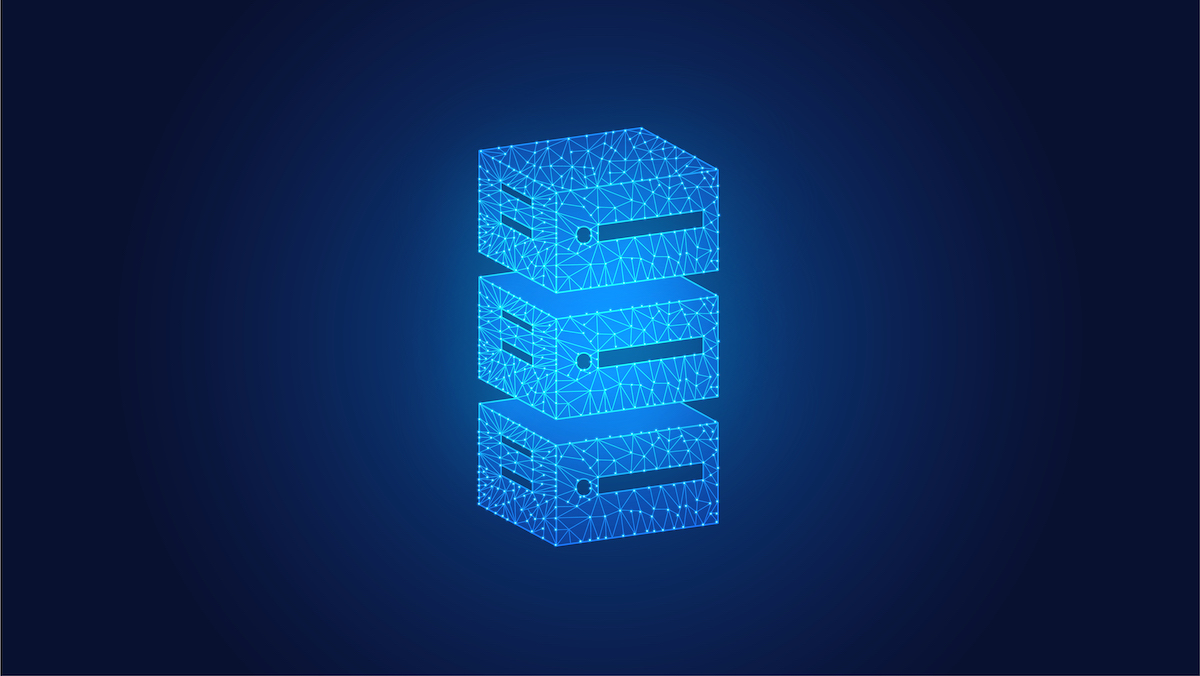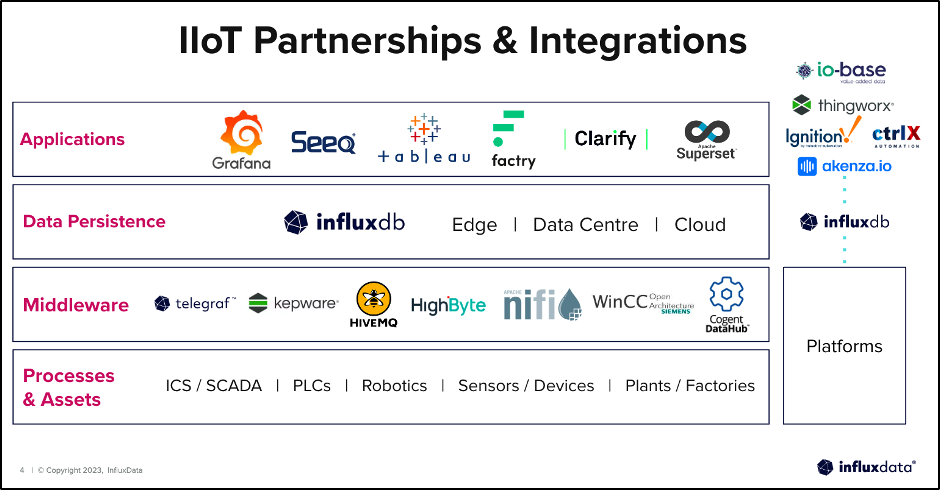Choosing the Right Data Solution: Data Historians vs Time Series Databases | SPONSORED
In the era of Industry 4.0, industrial IoT developers and decision-makers face the challenge of selecting the most suitable data solution for their organizations. Two popular options are data historians and time series databases. While both have merits, it’s crucial to understand their pros and cons to make an informed decision. In this article, we’ll explore key considerations when choosing between data historians and time series databases.
Data Historians: Pros and Cons
Data historians have been a staple in the industrial and manufacturing space since Industry 3.0. They offer domain-specific features tailored to industrial environments and provide seamless integration with operations technology (OT) control systems. Additionally, data historians provide an all-inclusive solution with a wide range of features and capabilities.
However, data historians also come with limitations. They’re closed systems, making it challenging to integrate with modern data ecosystems and limiting the ability to adapt, innovate, and grow. Data silos and high costs are other drawbacks, as they prevent data collaboration and customization while straining budgets.
Time Series Databases: Pros and Cons
Time series databases, like InfluxDB, offer a different approach. Built on open technologies, they provide flexibility in application development and access to a larger ecosystem of services and tools. InfluxDB supports SQL and InfluxQL query languages, reducing start-up time and offering multiple ways to query data. Scalability is another advantage, with the ability to handle large time series datasets without compromising performance. Additionally, InfluxDB separates compute and storage, reducing storage costs by utilizing multiple storage tiers.
However, time series databases require some building and customization, as they aren’t domain-specific like data historians. Organizations need to consider the resources and ecosystem required to achieve comparable features. Organizations heavily invested in legacy systems need to think strategically about how to incorporate the advantages of a time series database into their tech stack.
Deployment Options: Crawl, Walk, Run
When organizations transition from data historians to a time series database, they can adopt a phased approach. The following is just one idea, but there are many ways to go about this based on your organization’s needs and technology infrastructure.
Starting with a “crawl” phase, organizations can use tools like Telegraf to test data collection alongside their existing data historian. This allows for experimentation and gaining insights without disrupting operations.
In the “walk” phase, organizations can replicate the Telegraf experiment for each siloed historian in their environment, combining data streams and breaking down silos. Visualization tools like Grafana can provide a unified view of system performance.
Finally, in the “run” phase, organizations can expand integration with InfluxDB, connecting more systems and tools. They can explore ecosystem tools to replace data historian features and customize solutions to meet specific needs. This gradual approach allows organizations to transition smoothly while ensuring the chosen technology aligns with their requirements.
Wrapping Up
The choice between using data historians and time series databases is a critical decision for Industrial IoT developers and decision-makers. While data historians offer domain-specific features and an all-in-one solution, time series databases like InfluxDB provide flexibility, scalability, and cost savings. By considering their organization’s needs and adopting a phased deployment approach, industrial stakeholders can make an informed decision that aligns with their goals and future-proof their systems for Industry 4.0. So whether you’re looking to completely replace your legacy system, or just need something to work alongside your current solution to fill in the gaps and extend its capabilities, InfluxDB has options for you.
To learn more about replacing data historians with InfluxDB and explore the possibilities of time series databases, sign up for a free InfluxDB account today.




